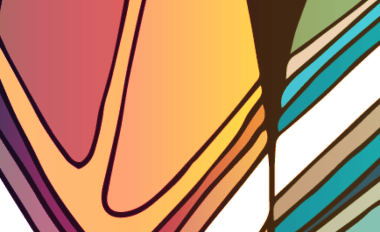“It’s pretty clear to us, as Aboriginal People, who the owners are. It should also be pretty clear in the law.”
Issue
Traditional Owners are being denied access to their Cultural Objects and Practices because the Act is convoluted in its identification of ownership of Objects.
Background
Sections 21 and 21A of the Act, detail a convoluted recognition of ownership of Secret or Sacred Objects before and after commencement of the Act. Given the significant cultural distress experienced by Traditional Owners when these Objects are not in their care, and the financial disincentive of loss of ownership for some private collectors of Aboriginal artefacts, it is essential that there is absolute clarity of ownership in the Act.
Recommendation
That the Act is clear that the rightful owner of a Secret or Sacred Object is a Traditional Owner from where the Object is reasonably believed to have originated (also identified as an Aboriginal Person who is the rightful owner of the Object).
For clarity, it should state that no Secret or Sacred Object is able to be owned by anyone other than the Traditional Owners from where the Object is reasonably believed to have originated.
UNDRIP and Best Practice Standards
| UNDRIP |
This recommendation should be considered in relation to Article 12:
|
|
Best practice standards in Indigenous cultural heritage management and legislation |
This recommendation should be considered in relation to Best Practice Standard 9 – Secret and Sacred Objects:
|
Updated

